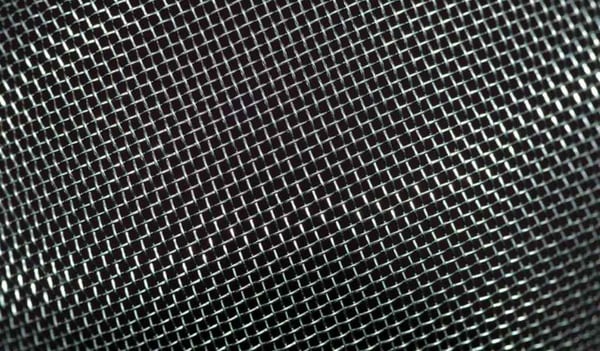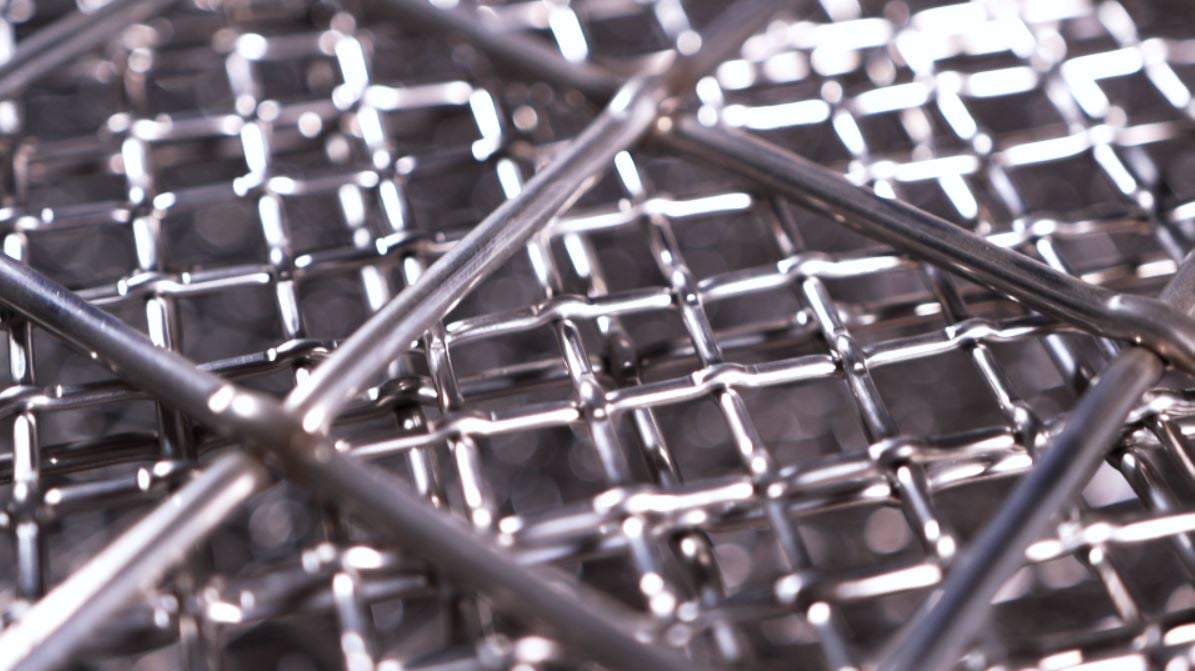Crimped Wire Mesh vs Woven Wire Mesh: Picking the Right Wire Mesh
In the world of screening and filtration, countless materials are at your disposal. Navigating through the fairly saturated market and pinpointing a solution is the key to operational success.
Now, as it delivers the ideal balance of versatility, functionality, and cost-effectiveness, wire mesh stands out as one of the more predominantly used screening materials. Crimped wire mesh and woven wire mesh are two wire mesh variants that each deliver unique benefits that make them ideal for specific applications.
Having said that, which one makes more sense for you?
W.S. Tyler has been dedicated to pioneering customer-centric woven wire innovation for over 150 years. We strive to provide you with a comprehensive understanding of what wire mesh solution makes the most sense for your operation.
And with that, we wrote the following article to compare and contrast crimped and woven wire mesh, offering insight into everything you need to know to make an informed decision. It will cover:
- What crimped wire mesh is
- What woven wire mesh is
- How crimped wire mesh and woven wire mesh compare
- Which wire mesh variant is best suited for you
What Is Crimped Wire Mesh?

Crimped wire mesh is best defined as a woven wire variant in which the individual wires of the weave are pre-crimped prior to the weaving process. Pre-crimping involves bending the wires in consistent, uniform zig-zag patterns.
Crimped wire mesh can be found in similar alloys as woven wire mesh, including stainless steel, alumunum, copper, etc. Additionally, crimped wires can be used to form various weave profiles, such as plain weaves, intermediate crimps, and flat-top crimps.
What Is Woven Wire Mesh?

Woven wire mesh is a metallic fabric constructed from hundreds of individual wires that are interwoven in an over-under orientation during a precise centuries-old weaving process. This leaves a wire mesh in which the wire wires are interlaced at right angles, creating pore openings that are both rigid and uniform.
Get to know how woven wire mesh is made in this step-by-step guide:
What makes woven wire mesh such a widely used material is the fact that virtually every parameter of the mesh can be tailored to your exact needs. This includes wire diameter, weave pattern, alloy, and mesh count.
What Are the Key Differences Between Crimped Wire Mesh and Woven Wire Mesh?
While they may look similar, crimped wire mesh and woven wire mesh have several manufacturing and structural differences that you should be mindful of.
Looking at how it's made, crimped wire mesh requires a pre-crimping process that physically bends and alters the profile of the individual wires. This pre-crimping creates a more stable and rigid weave in which the wires are held in place better.
These crimps create a textured surface. But at the same time, helps maintain the shape of the mesh as well as the spacing of the openings.
That said, the crimped wire mesh renders the material more suitable for heavy-duty applications that subject the mesh to high levels of mechanical stress.
Woven wire, on the other hand, interlaces the wires of the weave at right angles and does not require the wires to be processed before the weaving process. The lack of crimping often results in a smoother surface.
While not as rigid, woven wire mesh is considerably more flexible and easier to form. This flexibility is, of course, heavily influenced by the wire diameter and weave pattern.
Crimped Wire Mesh or Woven Wire Mesh: Which Should I Use?
Choosing between the two mesh variants should be determined by the specific needs of your application.
Applications that require stronger, more robust weaves should rely on crimped wire mesh. Applications that require fine precision and increased flexibility must use woven wire mesh.
With its superior rigidity, crimped wire mesh is more likely to be used for screening in the mining, construction, and other heavy-duty industries. But as it is more flexible and often delivers finer specifications, woven wire mesh is typically seen in filtration and sieving applications.
Get To Know What Wire Mesh Is Right for You
Crimped wire mesh and women's wire mesh are both wire mesh variants designed to accommodate specific screening/filtration applications. Crimped wire mesh is best suited for heavy-duty industrial applications, whereas woven wire is widely used to deliver accurate separation of finer particles.
But it is important that you understand all the wire mesh variants available to you, including welded wire mesh. This knowledge will allow you to construct and implement the perfect solution and generate the results you need to succeed.
With over 150 years of wire mesh experience under our belts, W.S. Tyler is here to create a cleaner, safer world through methodically crafted wire mesh solutions.
To learn more about welded wire mesh and how it gits your process, read the following article:
About Ronnie Brown
Ronnie is the Content Writer for W.S. Tyler and has four years of experience as a professional writer. He strives to expand his knowledge on all things particle analysis and woven wire mesh to leverage his exceptional writing and graphic design skills, creating a one-of-a-kind experience for customers.




